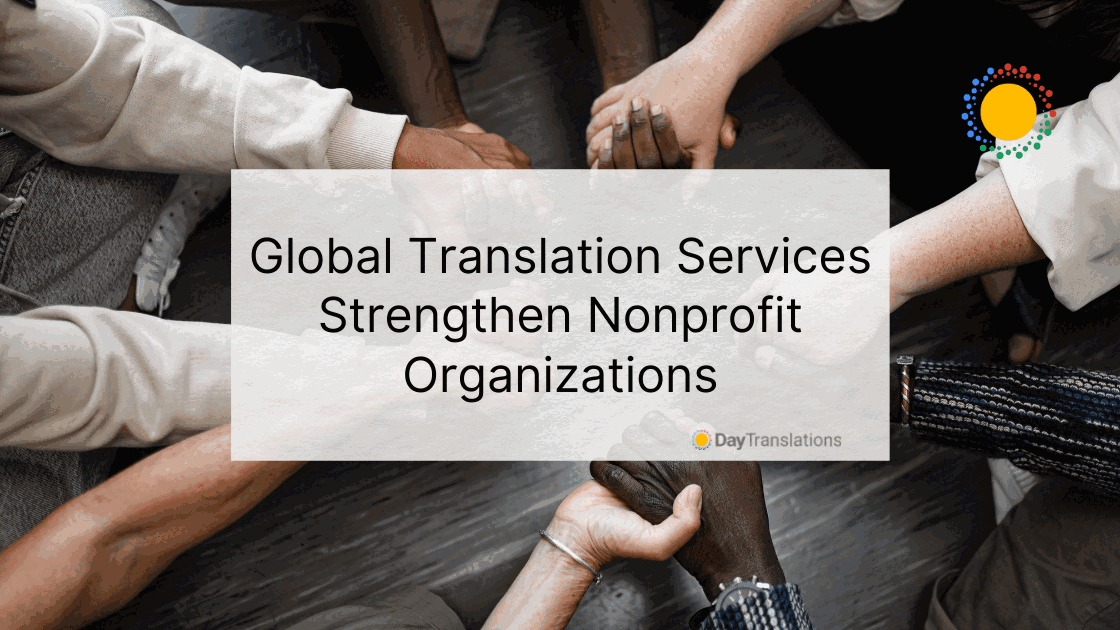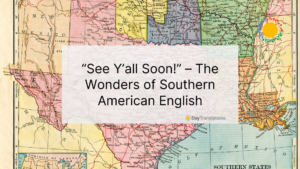If you’re in England, Canada, the United States, the Philippines, and Australia or possibly in Antarctica, Fiji, Jamaica, Cayman Islands and other English-speaking countries, the most common greeting this time of the year is “Merry Christmas!“
The language difference does not alter the fact that people exchange holiday greetings, so here’s a few of them, which you can use to greet your friends from other countries.
- Nollaig Shona Dhuit – Ireland
- Feliz Natal/ Boas Festas – Brazil and other Lusophone (Portuguese-speaking) nations, including Timor Leste
- Feliz Navidad – Spanish-speaking countries (including Las Vegas)
- Joyeux Noël – France, Canada, Burkina Faso, Cameroon, Burundi, Togo, Madagascar, Côte d’Ivoire, the Congo, or Chad
- Fröhliche Weihnachten – Germany, Liechtenstein (Fröhlichi Wiehnacht in Switzerland; Frohe Weihnachten in Austria)
- Buon Natale – Italy, San Marino and even in Libya
- Eid Milad Majid – Arabic-speaking nations
- Selamat Natal – Indonesia
- Chag Molad – Israel
- Gëzuar Krishlindjen – Albania
- Kala Christouyenna – Greece
- Sretan Božić – Croatia
- Veselé Vánoce – Czech Republic
- Merii Kurisumasu – Japan
- Seng Dan Fai Lok – Hong Kong and Cantonese-speaking countries
- S̄uk̄hs̄ạnt̒ wạn khris̄t̒mās̄ – Thailand
- Giáng sinh vui vẻ – Vietnam
- Meri kurisumasu, Kurisumasu jal bonaeseyo, Kurisumasu jal dweseyo, Jeulgeoun kurisumasu bonaeseyo – South Korea (all of them wish someone to spend Christmas well)
- Sheng Dan Kuai Le – Mandarin-speaking countries
Origin of the phrase
While it is common to say “Merry Christmas,” did you ever wonder how this phrase came about?
In the first commercial Christmas card that came out in 1843, the verse, “A Merry Christmas and a Happy New Year to You” was shown. As a salutation though, the use of Merry Christmas started about 1534, when John Fisher, an English Catholic bishop, sent a letter to Thomas Cromwell on the 22nd of December, to extend his season’s greetings.
In 1843, which was the early part of Queen Victoria’s reign, the novel, “A Christmas Carol” by Charles Dickens was published. It was the beginning of the Christmas celebration that we know today. It was also during that time that the word “merry” took on the meaning of outgoing or jovial. Previously it was a term used to mean agreeable, peaceful and pleasant, as in “make merry” that was used in the 1300s, “Merry England” (around the 1400s) and the “Merry Month of May” that was used circa the 1560s.
Queen Elizabeth II did not favor the change in meaning of the word “merry” though and refused to use it. That is why the English royalty still use “Happy Christmas” instead.
Use of “Merry Christmas”
Merry Christmas is now the universal term to greet people during the Christmas season. The phrase does not have any religious leaning and racial discrimination. It is used by almost everyone who celebrates Christmas.
This simple phrase conveys messages of well wishes, joy and love. It connects people, including strangers. It can uplift someone who’s feeling down. It erases anger and acts as a bridge when there are misunderstandings. It can even create new relationships.
It’s just two words, but amazingly, the meaning of these phase goes deeper.
Christmas traditions in other parts of the world
While we are on the subject of Christmas, let us peek at the unique ways other cultures around the world observe the holiday.
Philippines
The Philippines is known for having one of the longest observance of the Christmas season. It usually starts around September and lasts until the first week of January. The Philippines is a predominantly Catholic nation and religious observance and festivals are part of the country’s culture.
There are so many Christmas traditions in the Philippines, from having early morning masses from the 16th to the 24th of December. It’s not complete without the traditional after-mass food of puto bumbong (steamed glutinous rice colored violet and cooked in small bamboo tubes) and bibingka (rice cake baked in a special clay pot lined with banana leaf, with live coals underneath and on top of the pot and piping hot tea.
Attracting hordes of local and foreign spectators is the Giant Lantern Festival, a competition among 11 municipalities in San Fernando, Pampanga.
Sweden
The Swedes try to burn down the 3-meter-tall Yule Goat built in the middle of Gävle’s Castle Square. Some years they are successful and in some years, the goat escapes the burning. The last successful attempt was in 2016.
Japan
Japan is known for its wonderful cuisine where top restaurants serve food with the choicest and freshest ingredients. However, on Christmas Eve, many Japanese homes serve a feast of Kentucky Fried Chicken. It has become a big tradition in Japan and people reserve their orders months ahead.
Norway
Norwegians believe that evil spirits and witches come out on Christmas Eve and steal their brooms to ride on them. There are still many Norwegians today who hide their brooms in the safest place within their homes.
Colombia
Colombia marks the start of the Christmas season by lighting candles and putting up paper lanterns in front of their homes. They do this in honor of the Virgin Mary and her Immaculate Conception. The occasion, called the Little Candles’ Day, which translates to Día de las Velitas has grown into a competition in cities and towns across the country. The best displays are found in Quimbaya.
Whichever way you say Merry Christmas, it’s your intent in saying it that matters. Technically, using words in an audible means to send a message to another person. It is the perception of the person receiving the message that gives words their meaning. When you greet someone “Merry Christmas” there is no doubt about your intent. So now you know how to greet someone a Merry Christmas in other languages. If you need professional and accurate translations in any language for Christmas and any day of the year, we are here for you.














Sorry, the comment form is closed at this time.